
About Andrew Cusack
 Writer, web designer, etc.; born in New York; educated in Argentina, Scotland, and South Africa; now based in London.
Writer, web designer, etc.; born in New York; educated in Argentina, Scotland, and South Africa; now based in London. read more
News
Blogs
Reviews & Periodicals
Arts & Design
World
France
Mitteleuropa
Knickerbockers
Argentina
The Levant
Africa
Cape of Good Hope
Netherlands
Scandinavia
Québec
India
Muscovy
Germany
Academica
The greatest church architect
you’ve never heard of
Ludwig Becker and His Churches
For such a prolific church architect of such high quality, not much is known about Ludwig Becker and, alas, he seems to be little studied. Born the son of the master craftsman and inspector of Cologne Cathedral, Becker had church building in his blood. He studied at the Technische Hochschule in Aachen from 1873 and trained as a stone mason as well.
In 1884 Becker moved to Mainz where he became a church architect and in 1909 he was appointed the head of works at Mainz Cathedral, a position he held until his death in 1940. His son Hugo followed him into the profession of church architecture.
That’s about all I can find out about Becker. But here are a selection of some of his churches, to get a sense of his agility in a wide variety of styles.
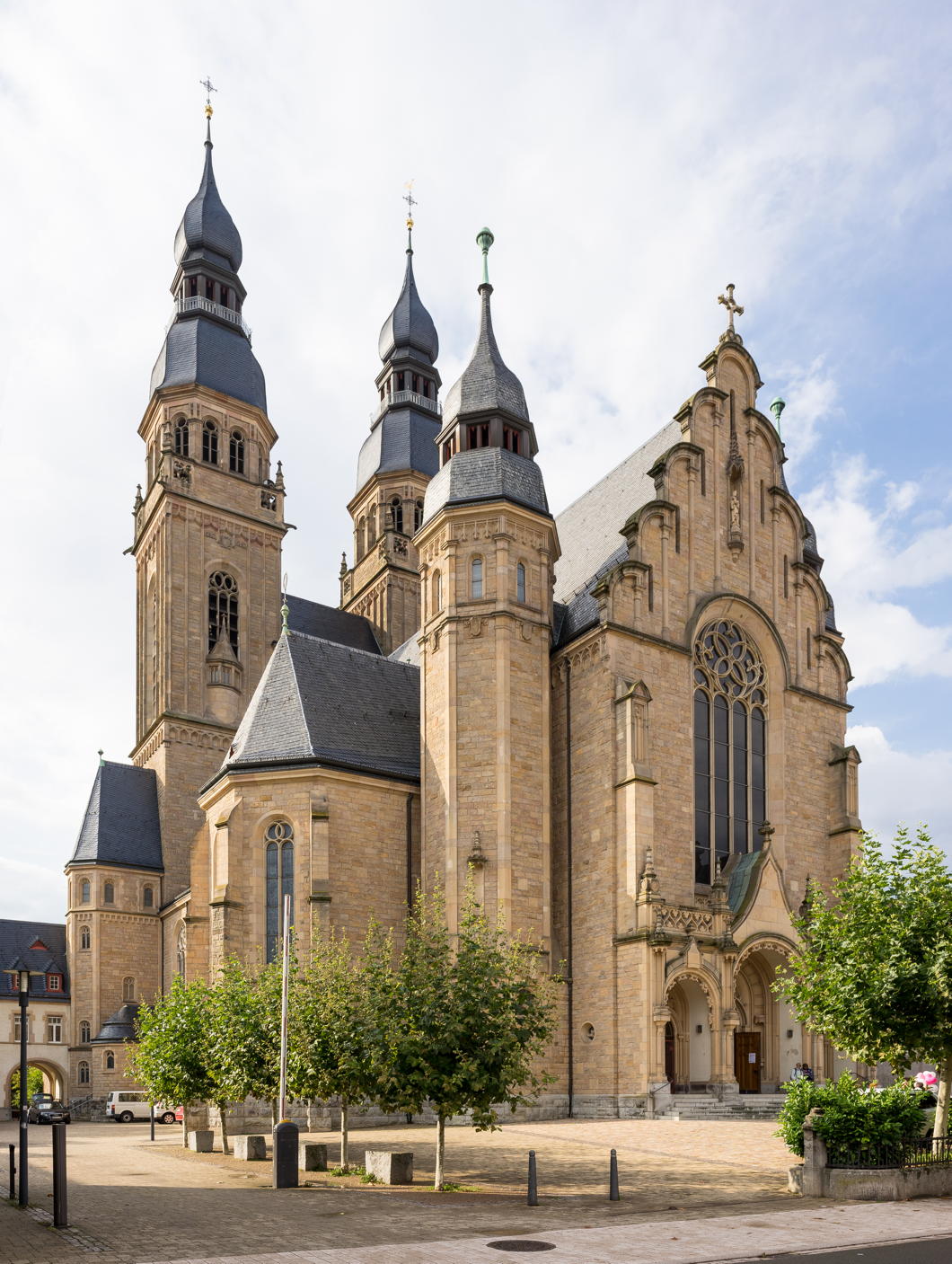
St Joseph, Speyer, is my favourite of Becker’s churches for the beautiful organic fluidity of its style. Here Art Nouveau, Gothic, and Baroque are mixed somehow without affectation. Rather enjoyably, it was built as a riposte to a nearby monumental Protestant church commemorating the Protestant Revolt. These two rival churches are the largest in the city after its famous cathedral.
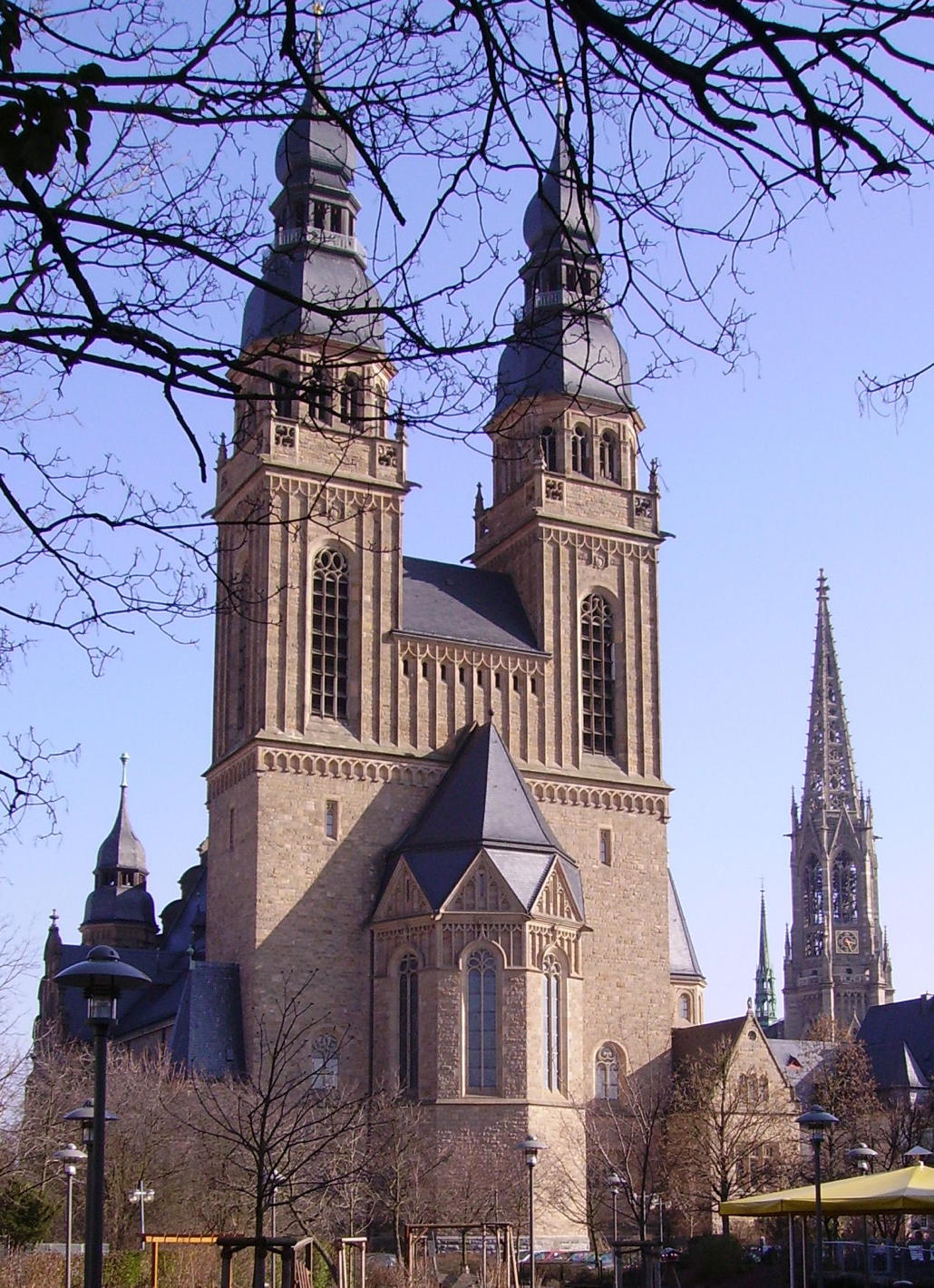
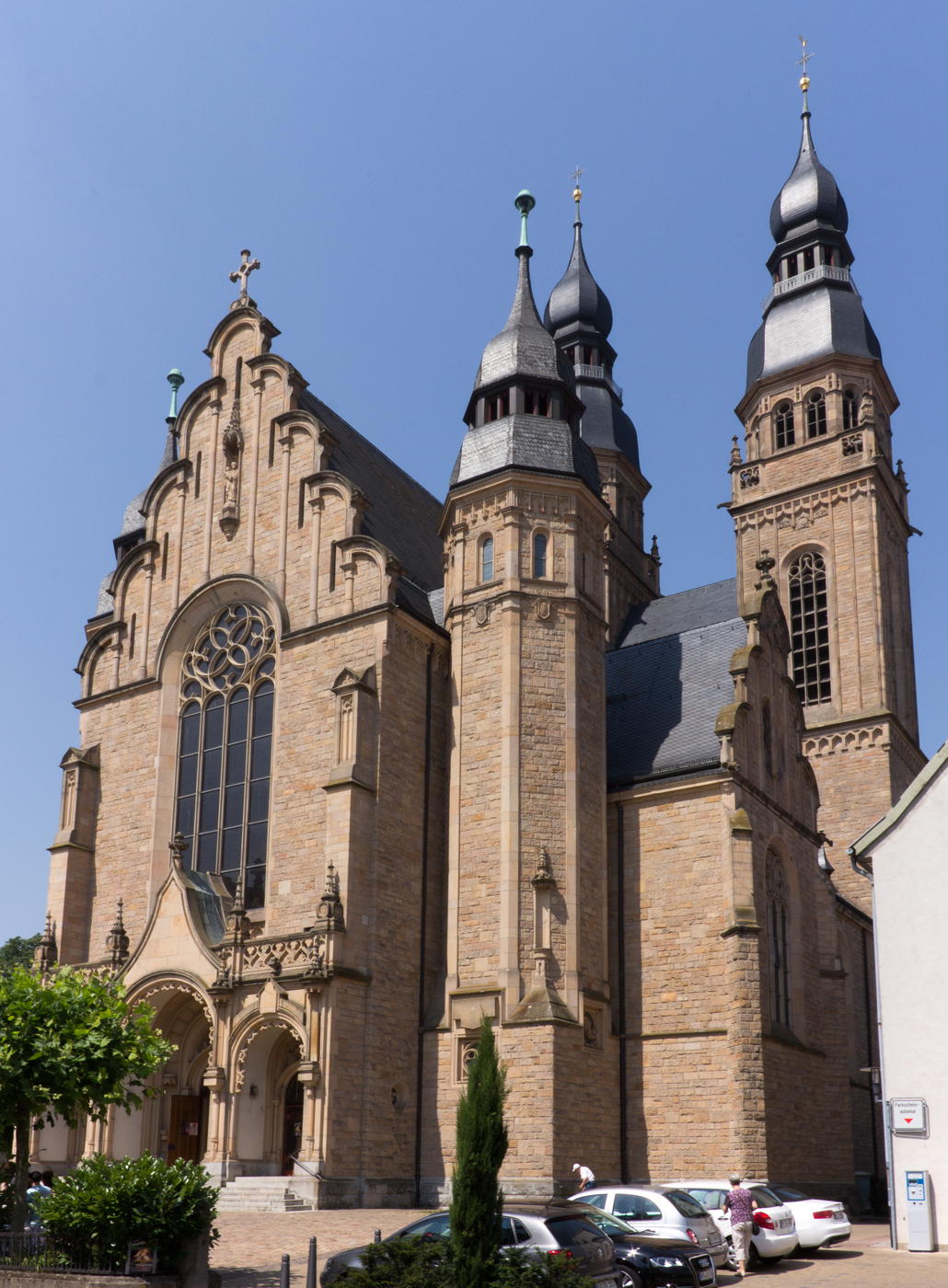
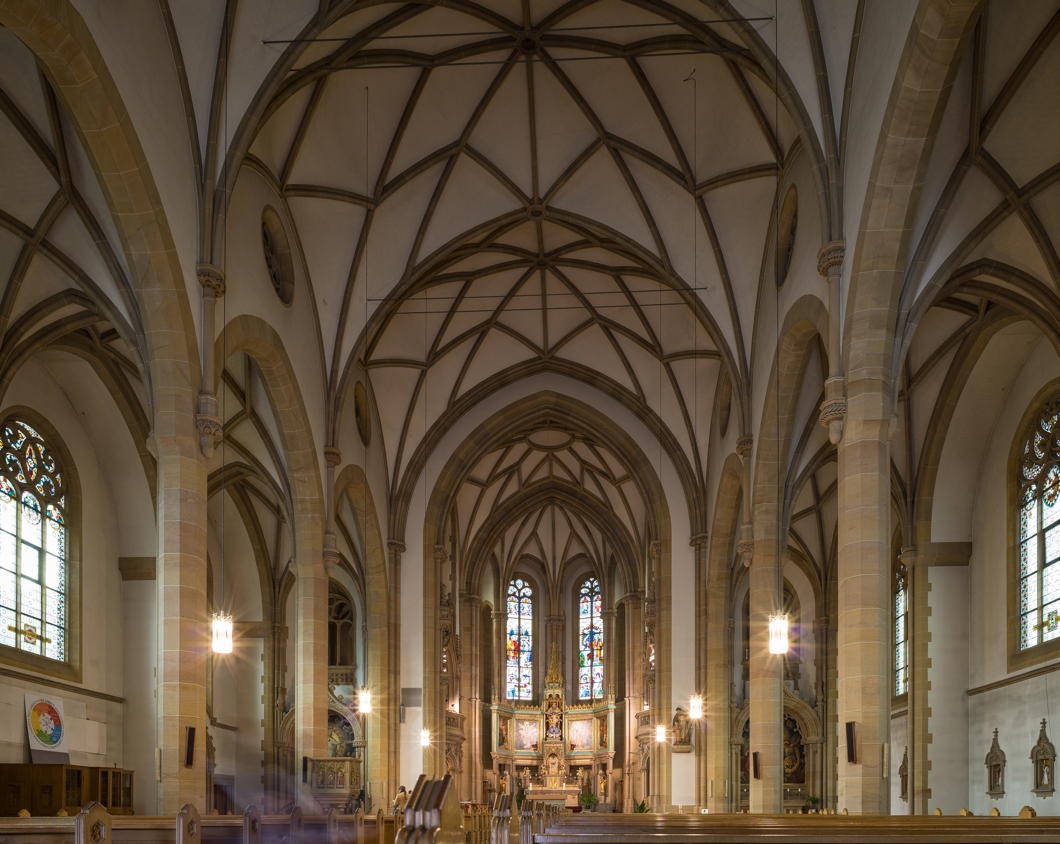
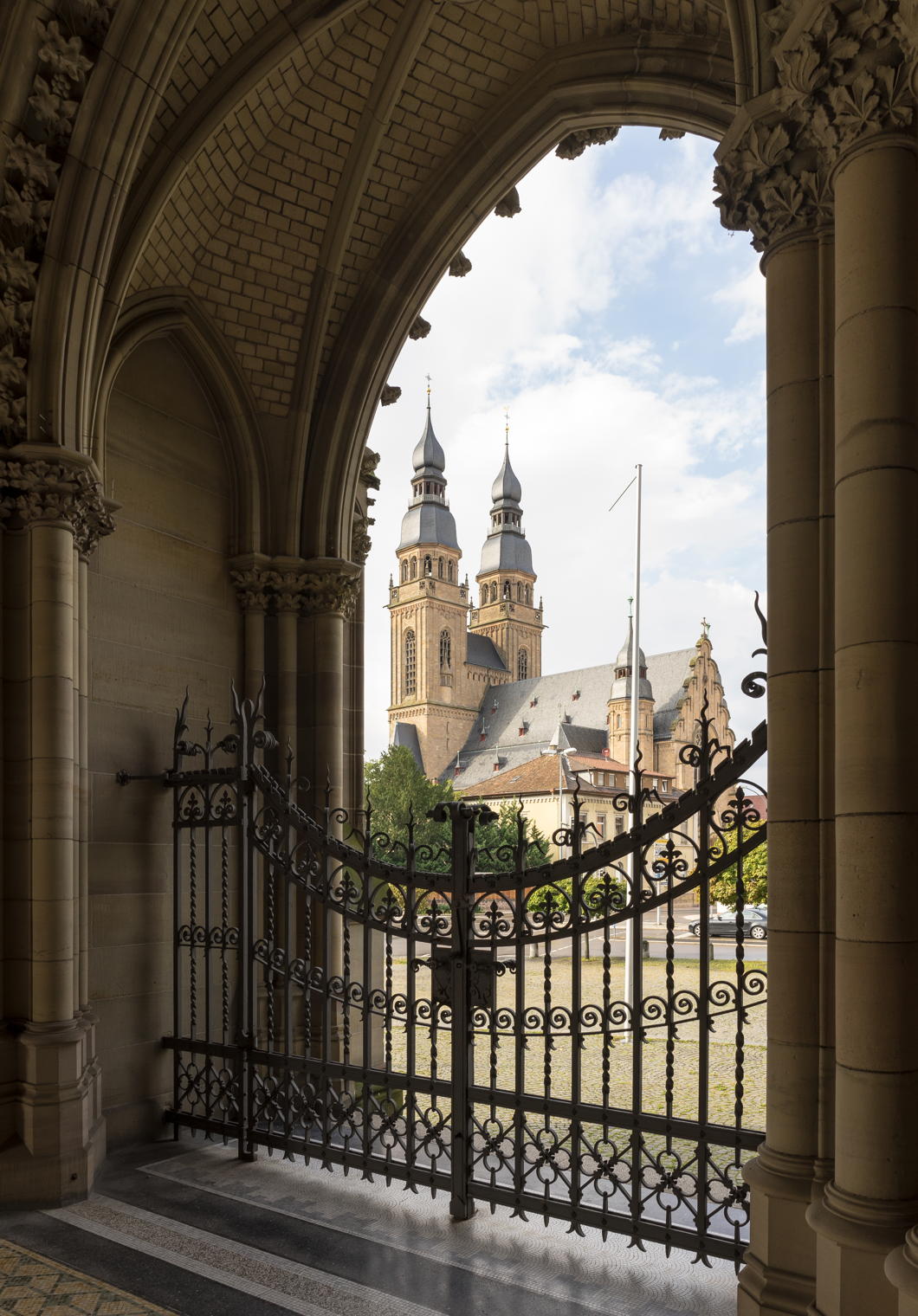
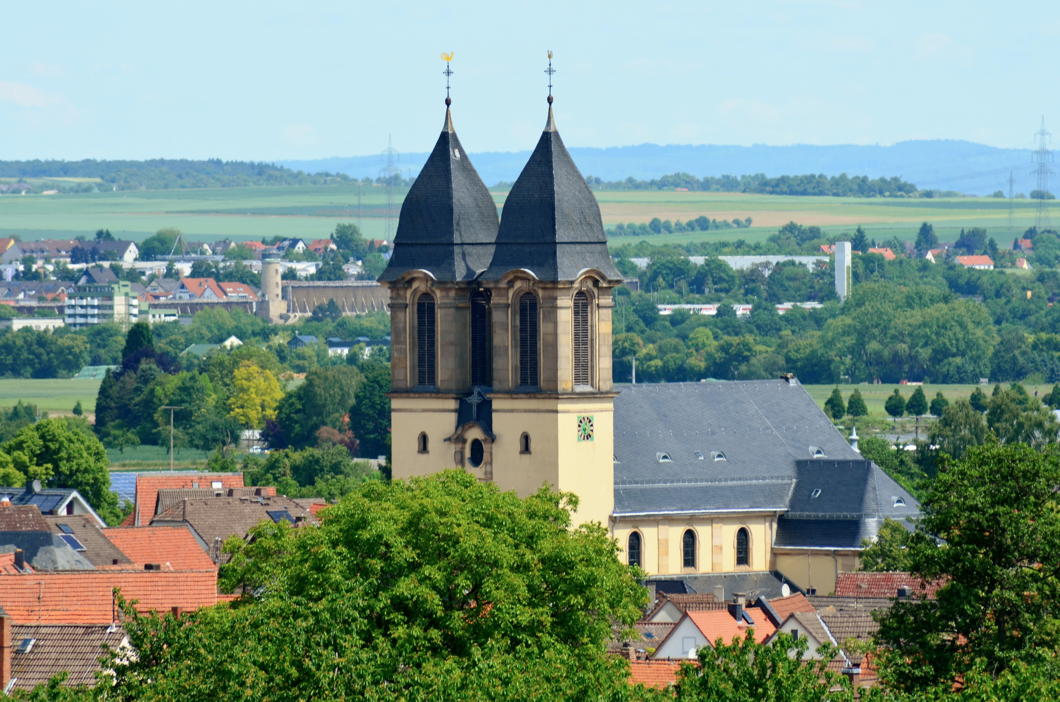
St Jakobuskirche, Ockstadt (Protestant)
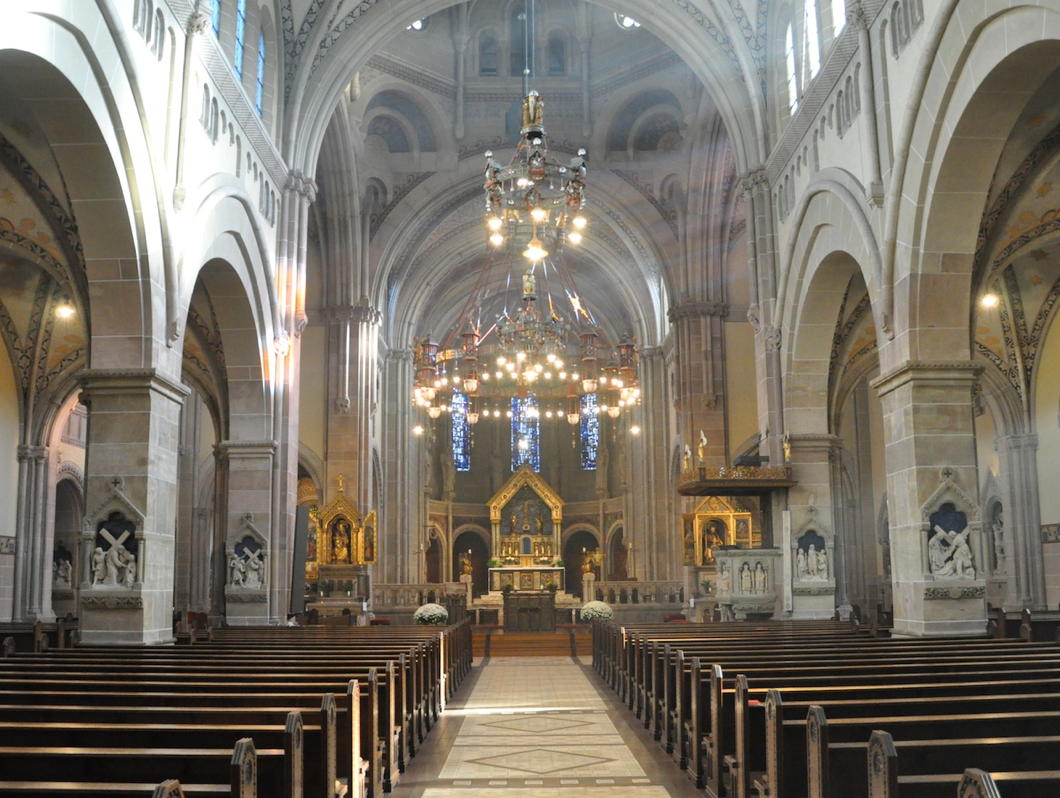
St Elisabeth, Bonn
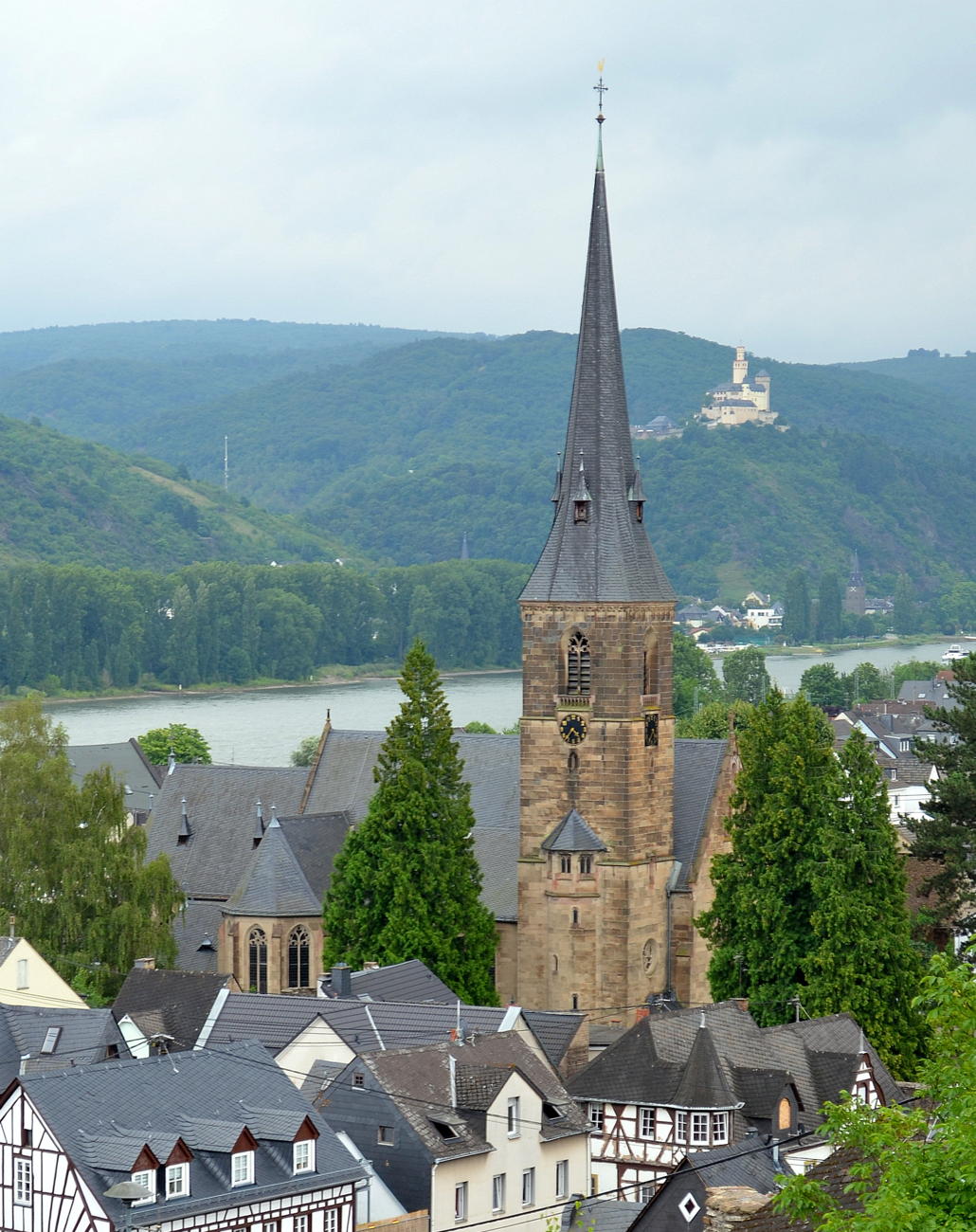
St Theresia, Rhens
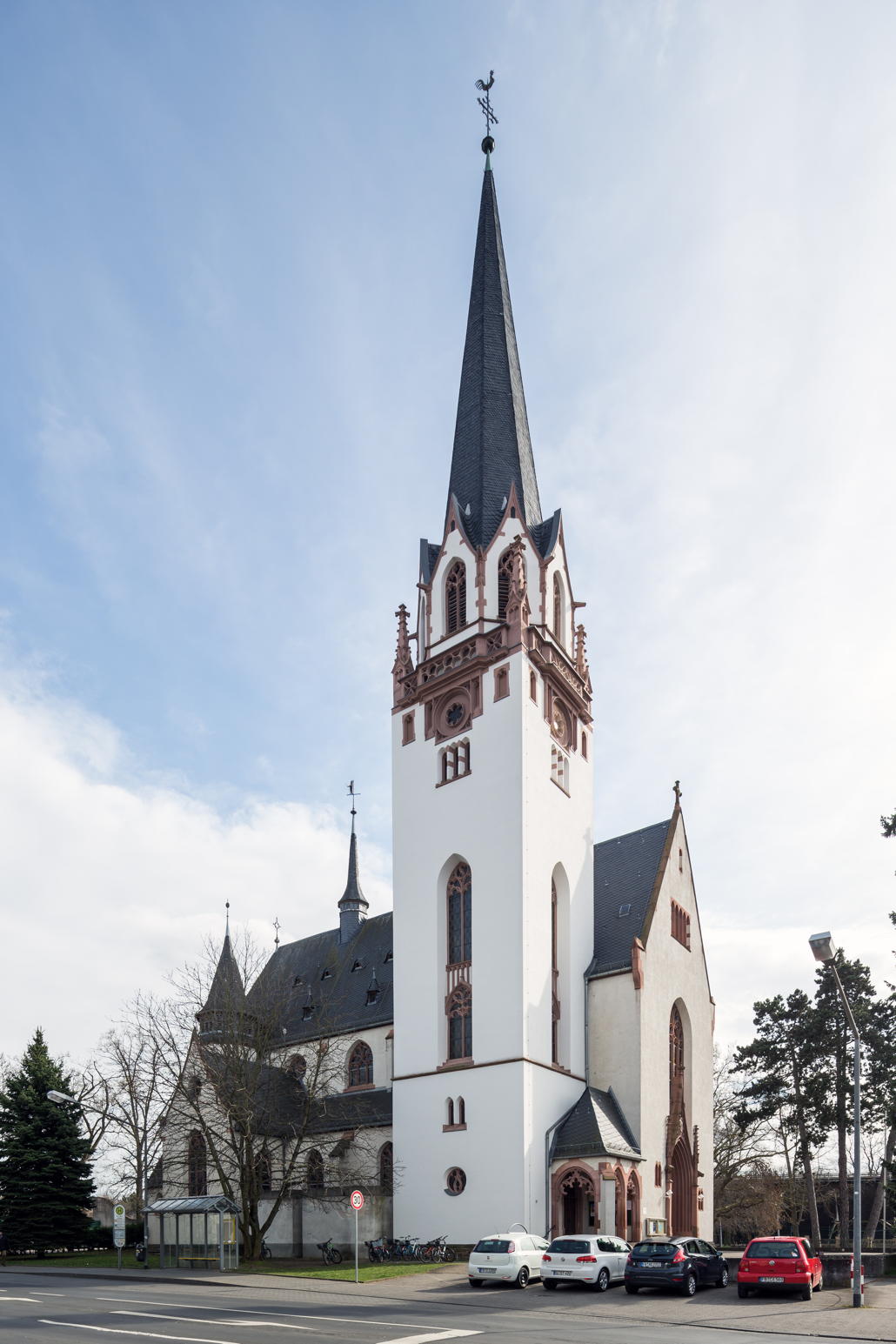
St Bonifatius, Bad Nauheim
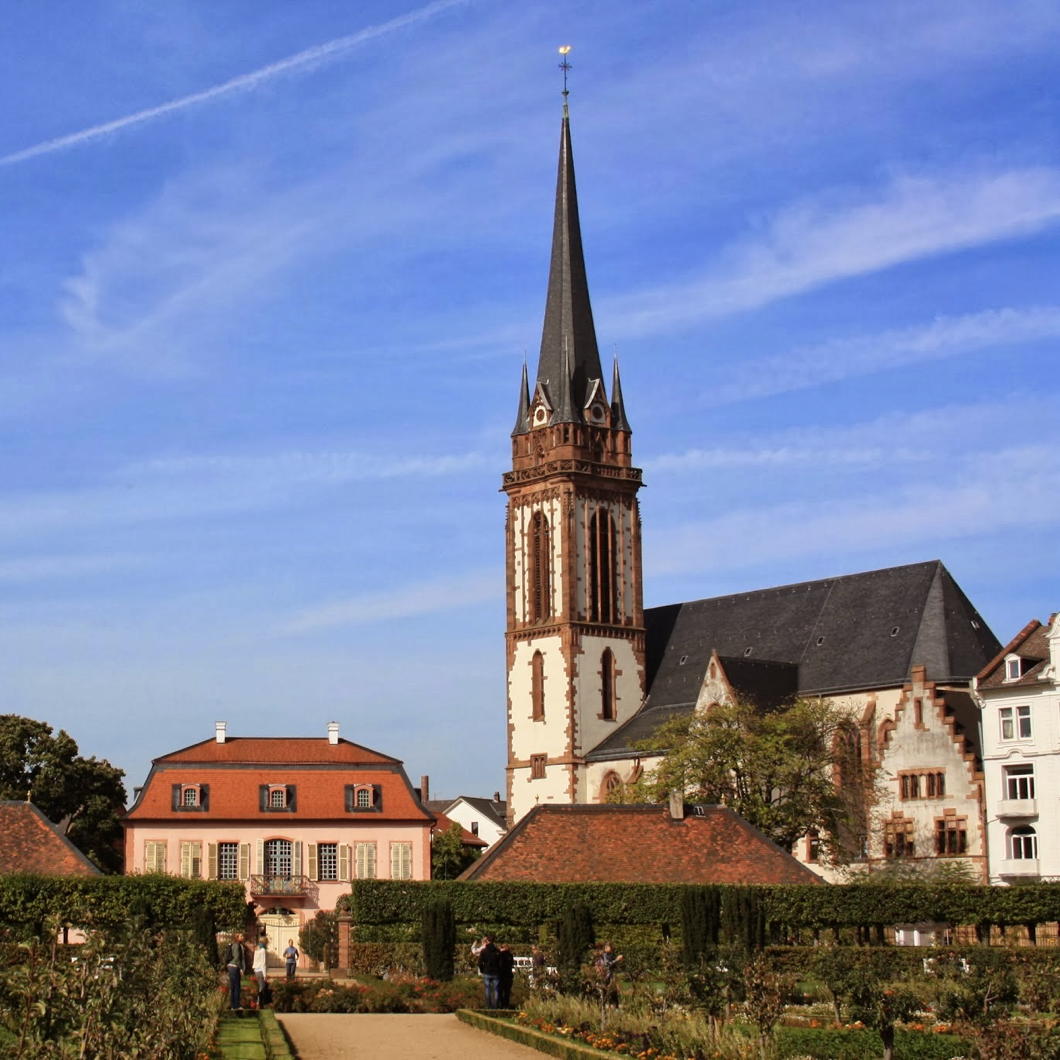
St Elisabeth, Darmstadt
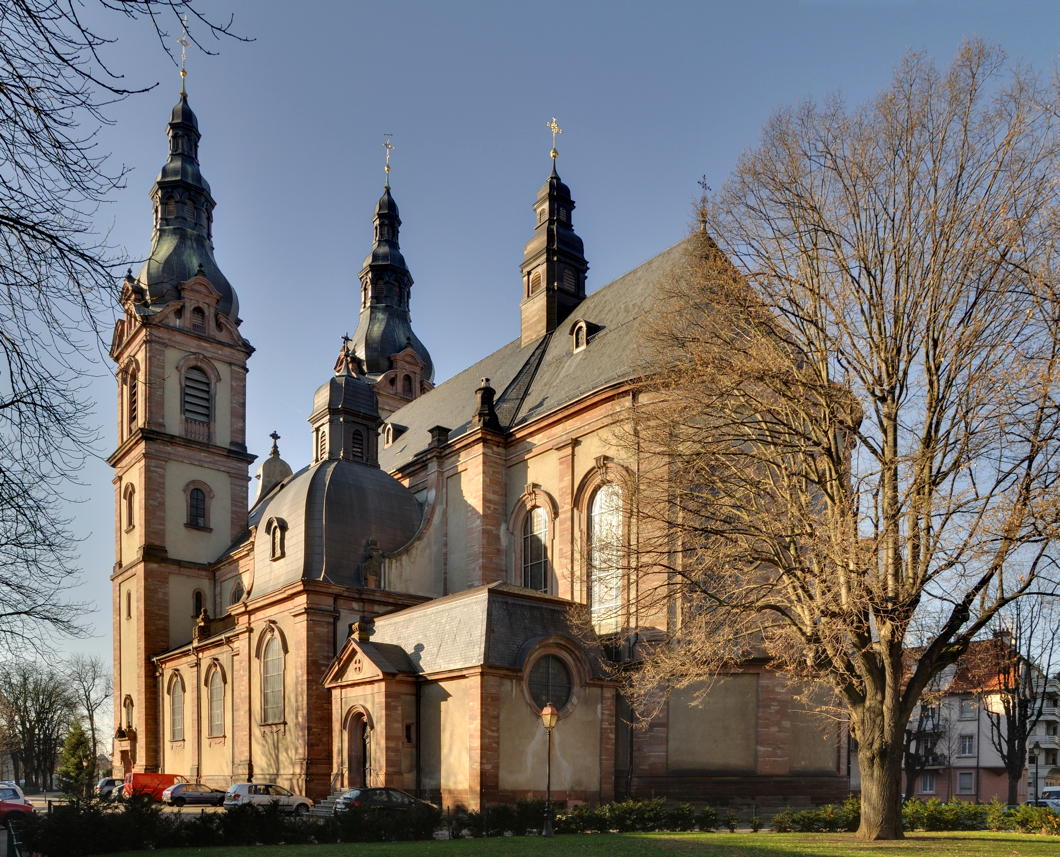
St Fridolin, Mulhouse/Mülhausen
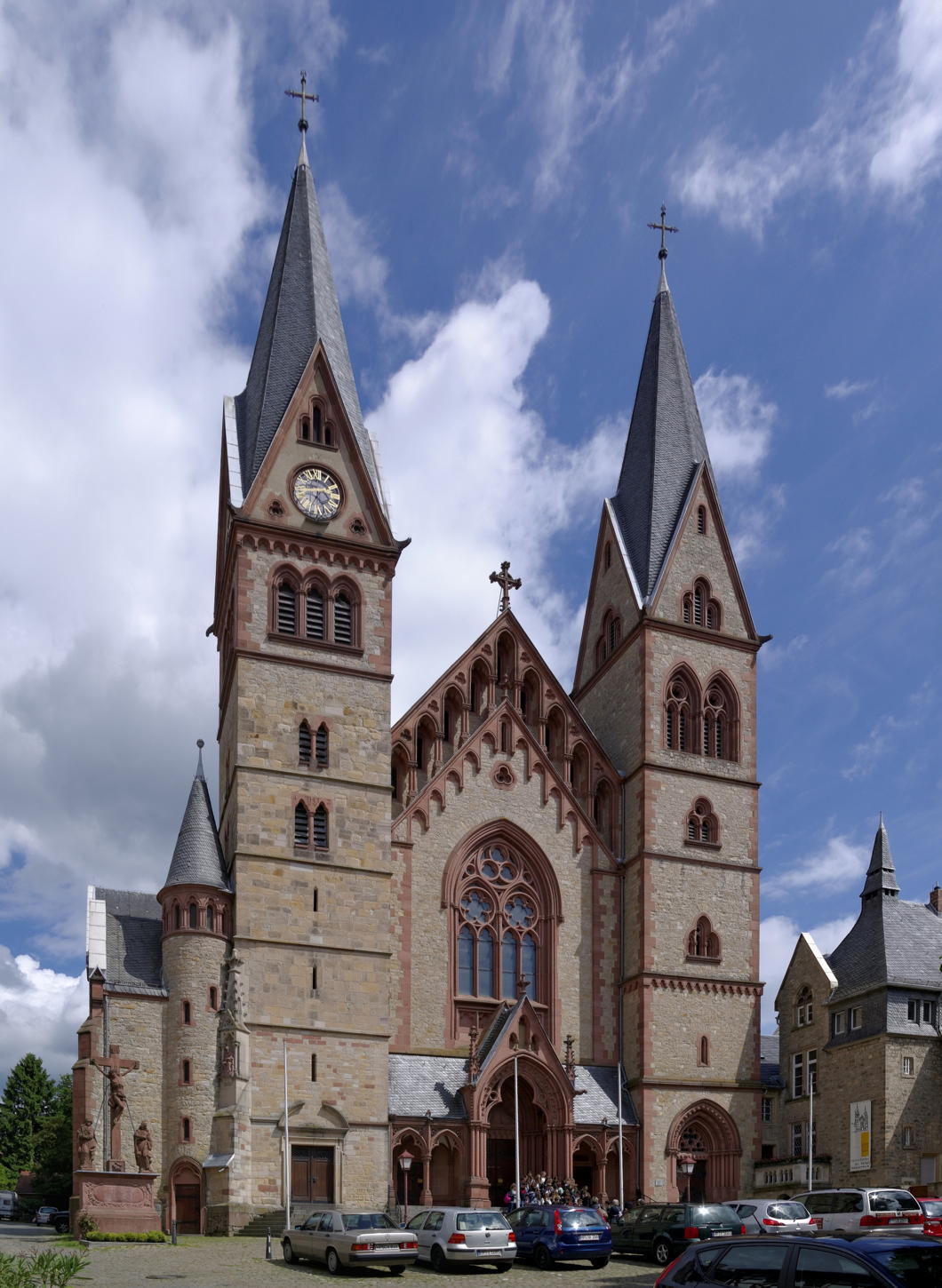
St Peter, Heppenheim and below
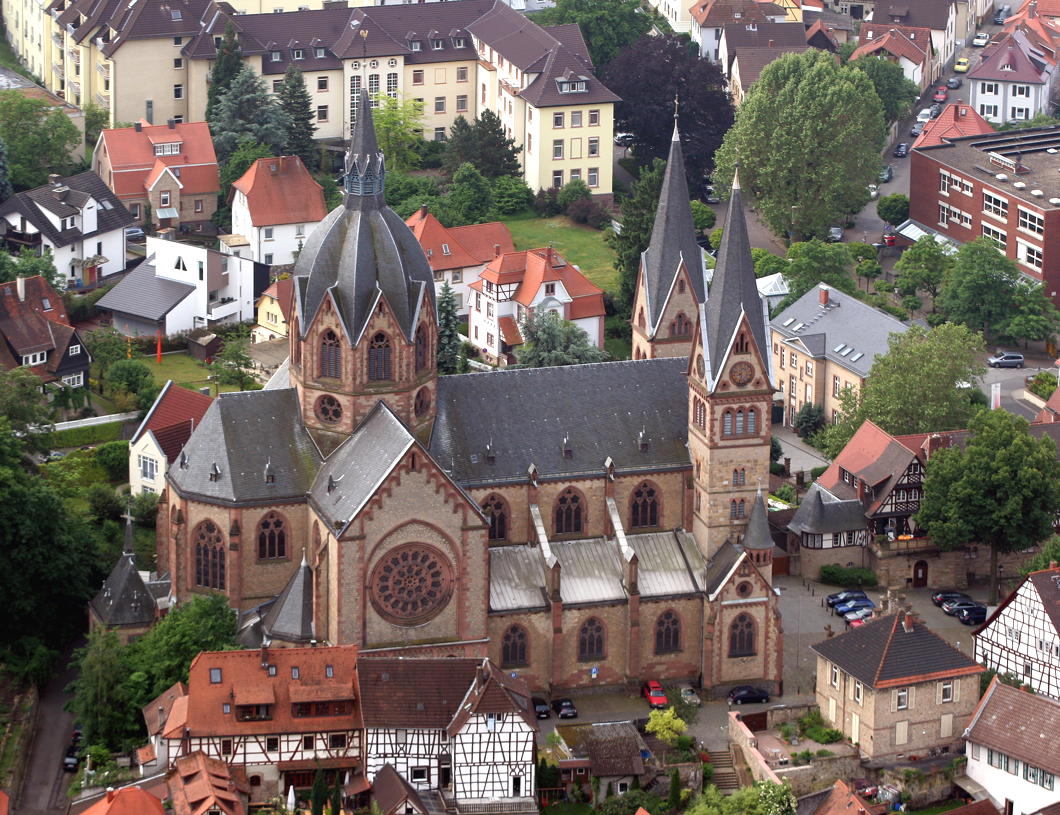
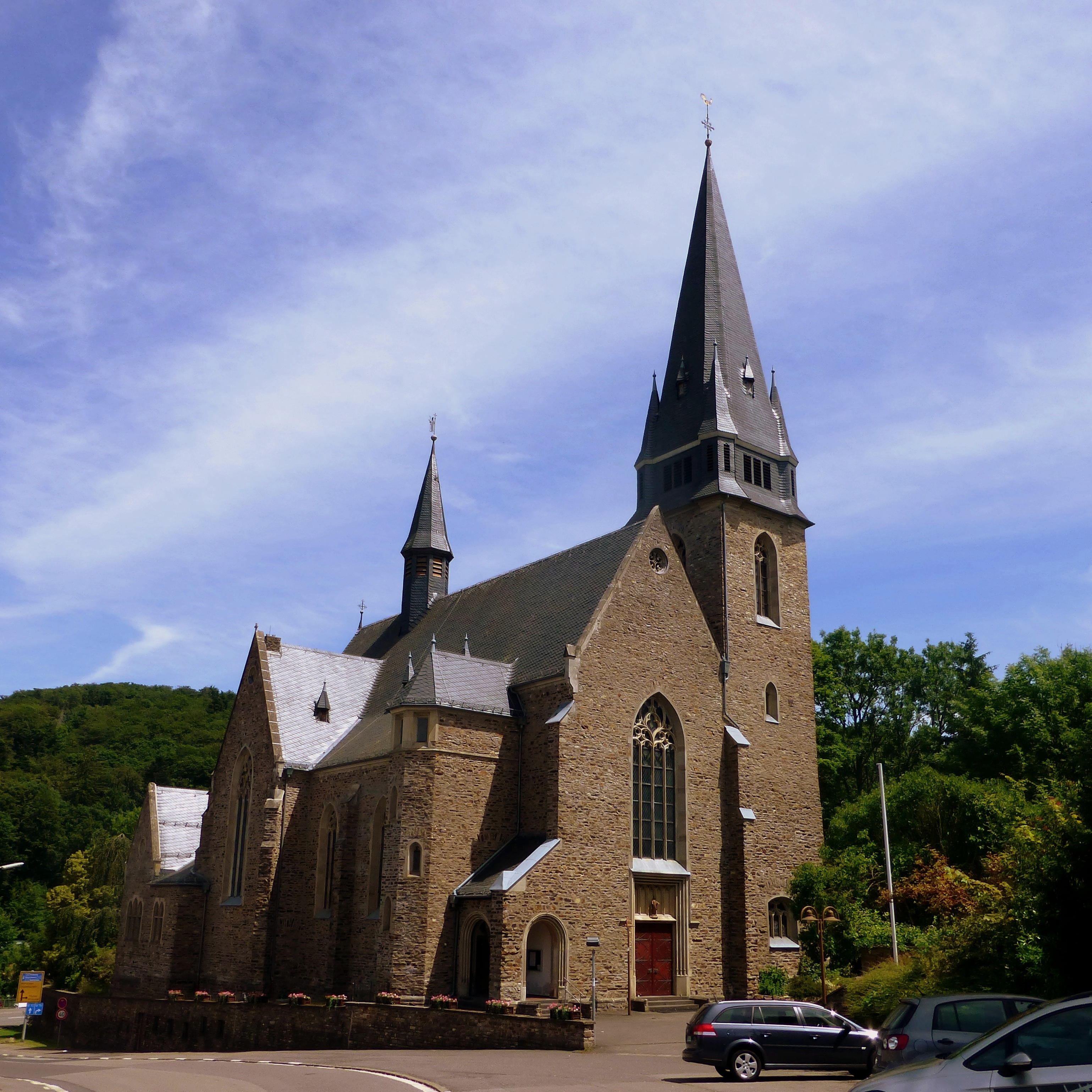
St Hubertus, Nonnweiler and its high altar below
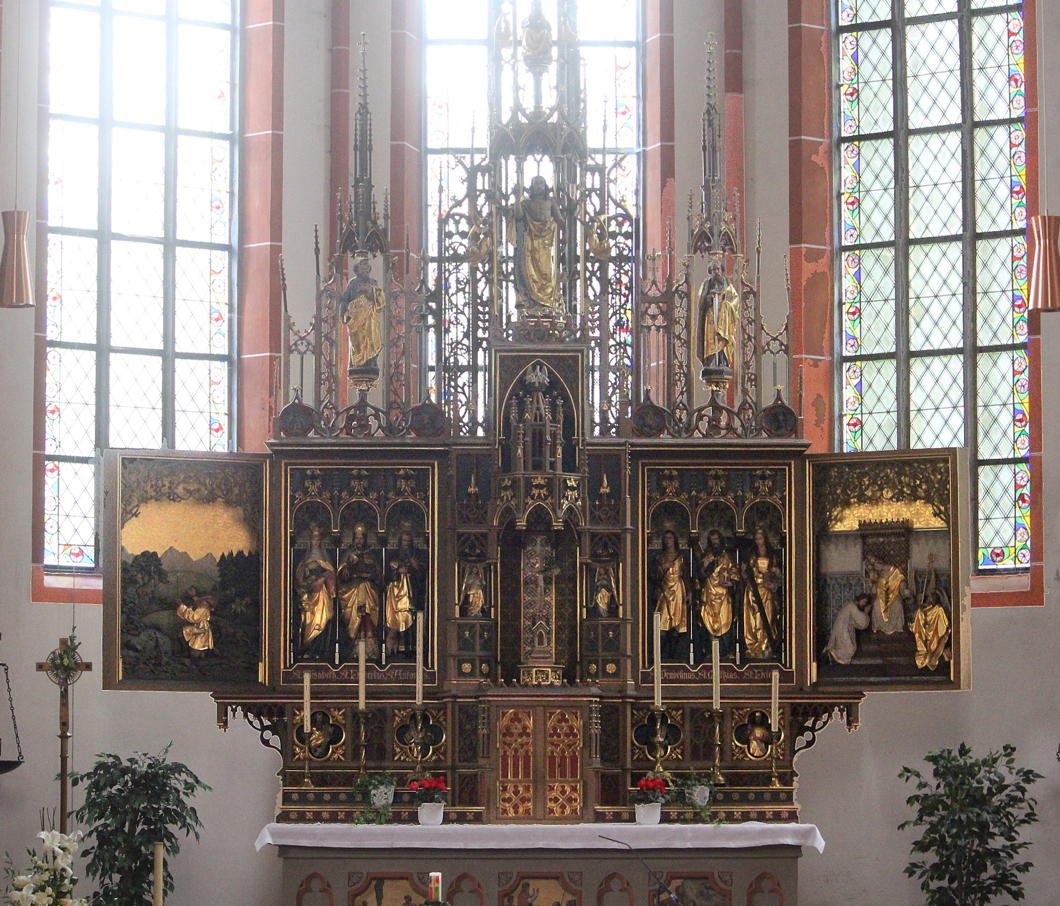
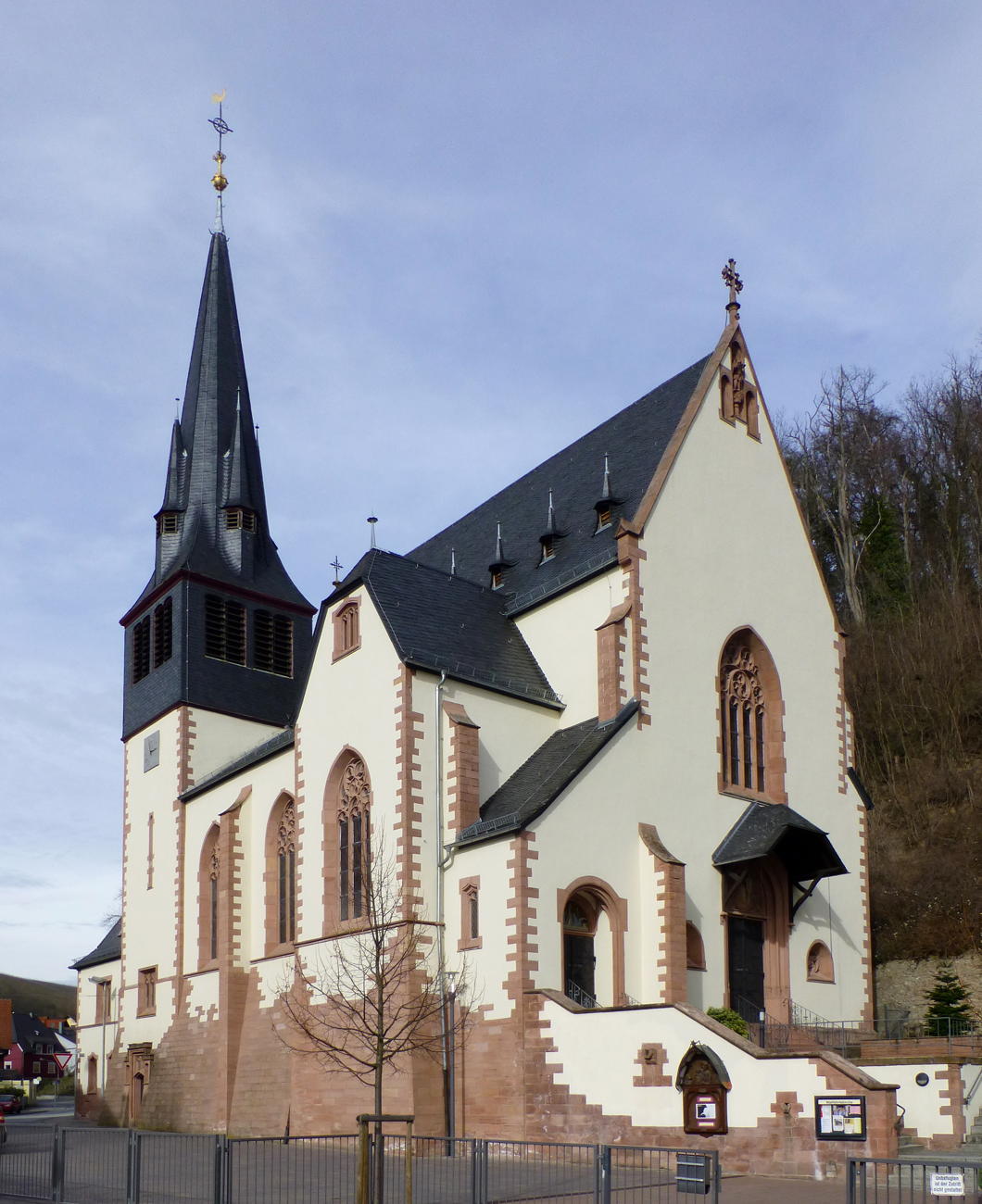
St Michael, Unter-Hambach
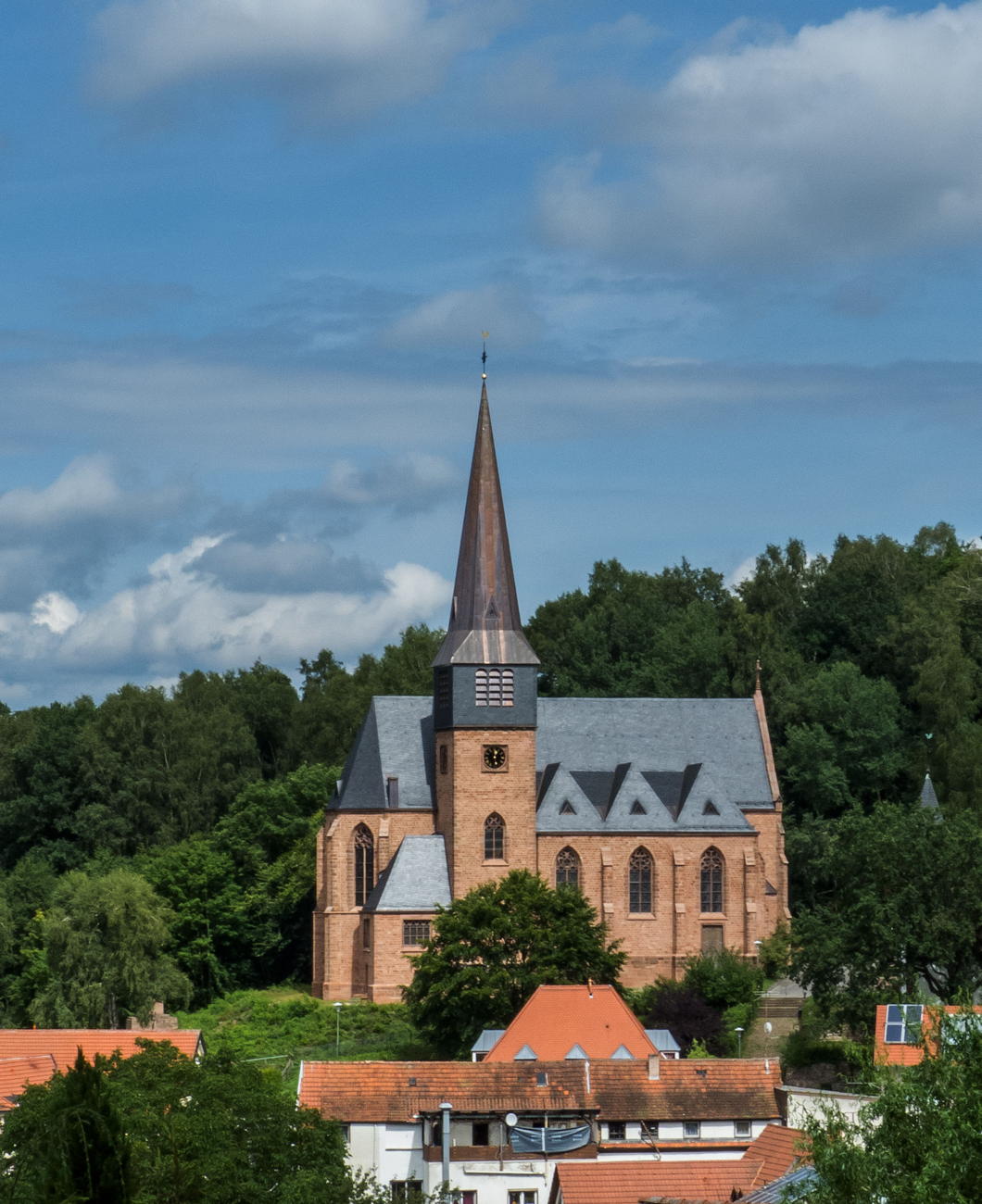
St Rochus, Hohenecken
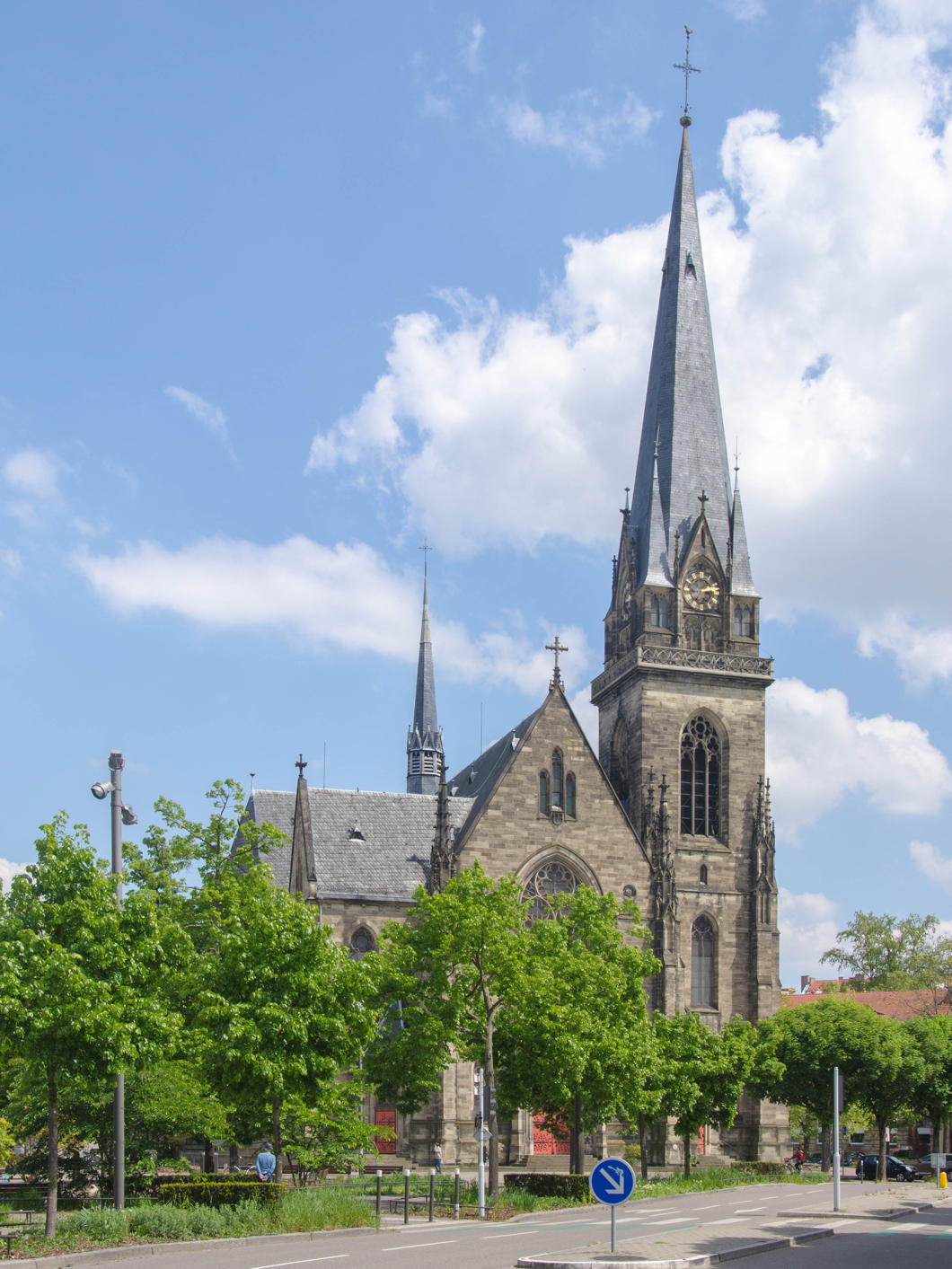
St Mauritius, Straßburg / St Maurice, Strasbourg and its high altar below
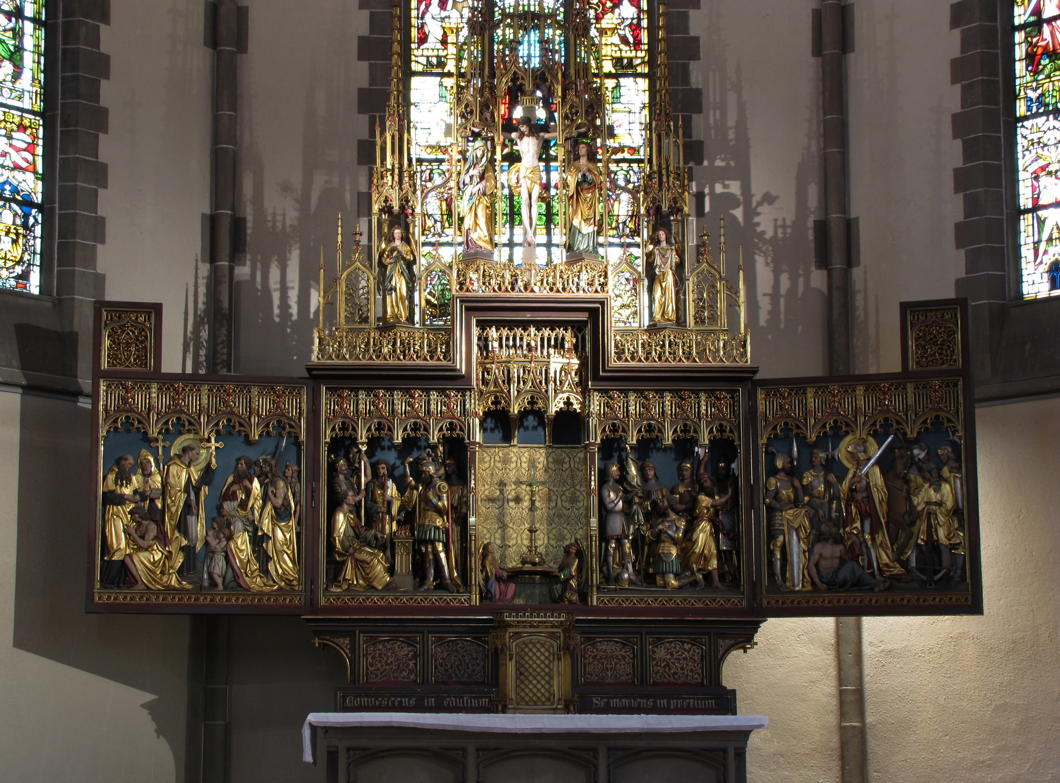
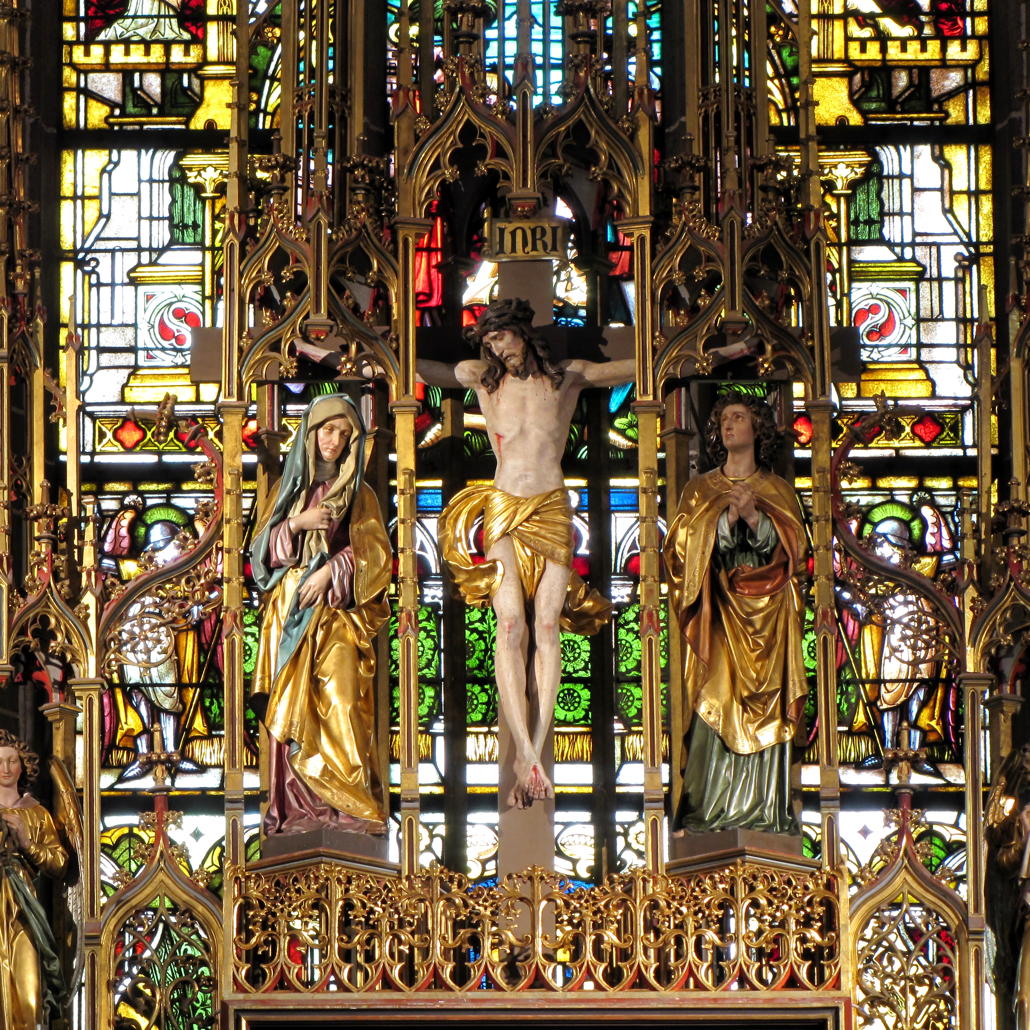
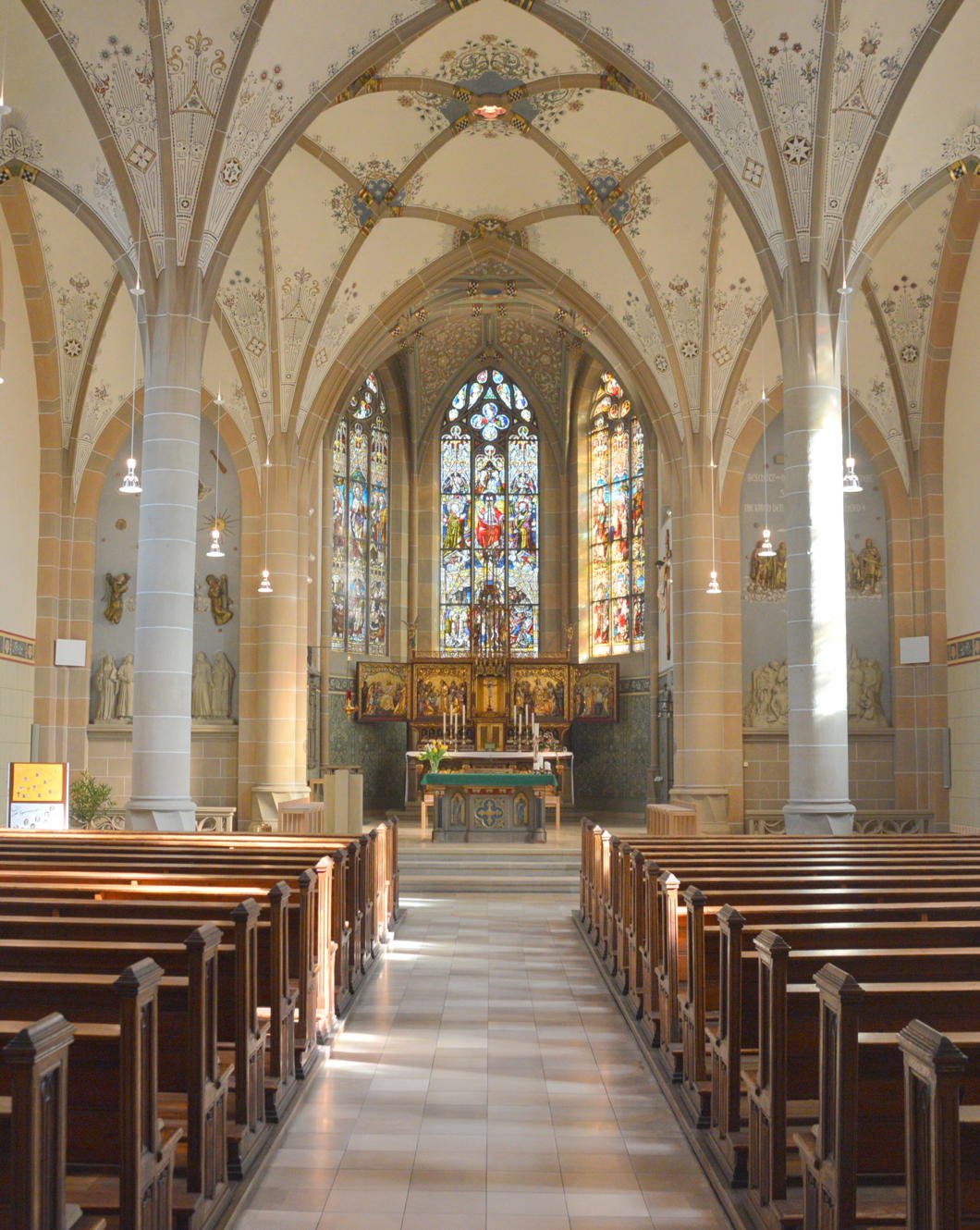
St Matthäus, Bad Sobernheim
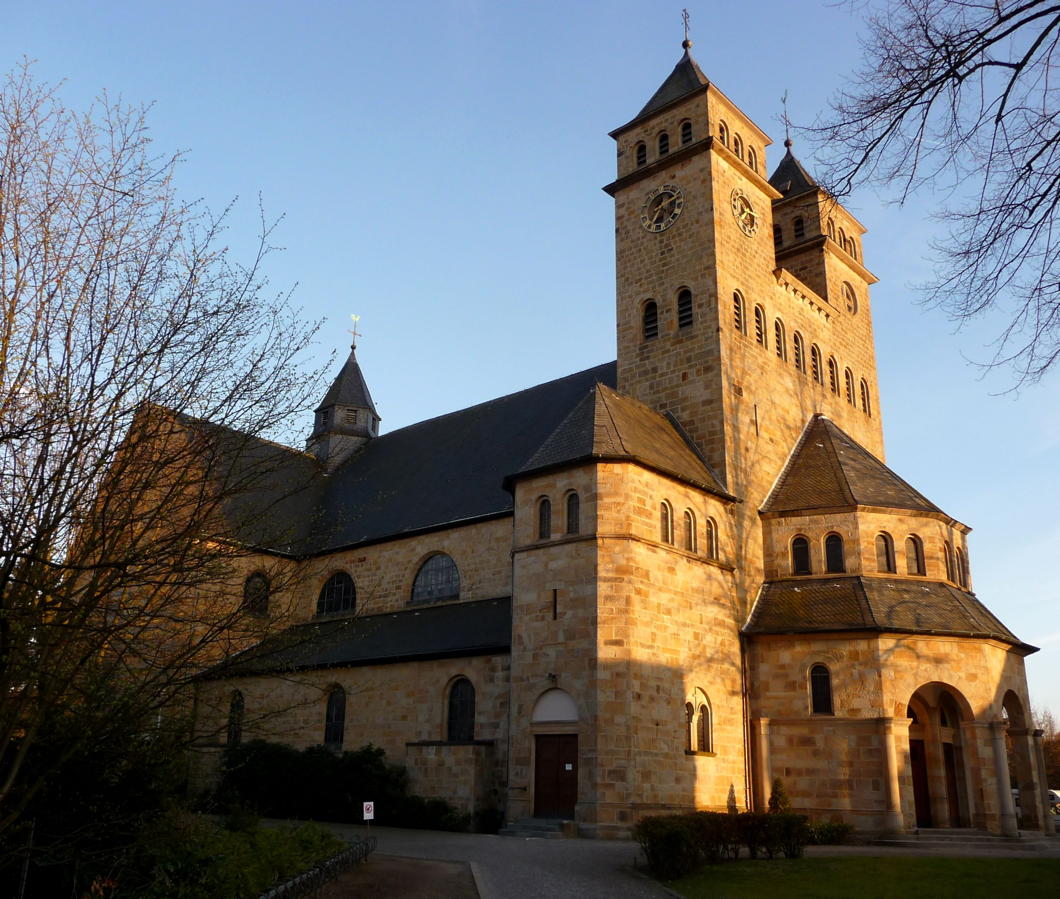
Sacred Heart of Jeuss, Emsdetten
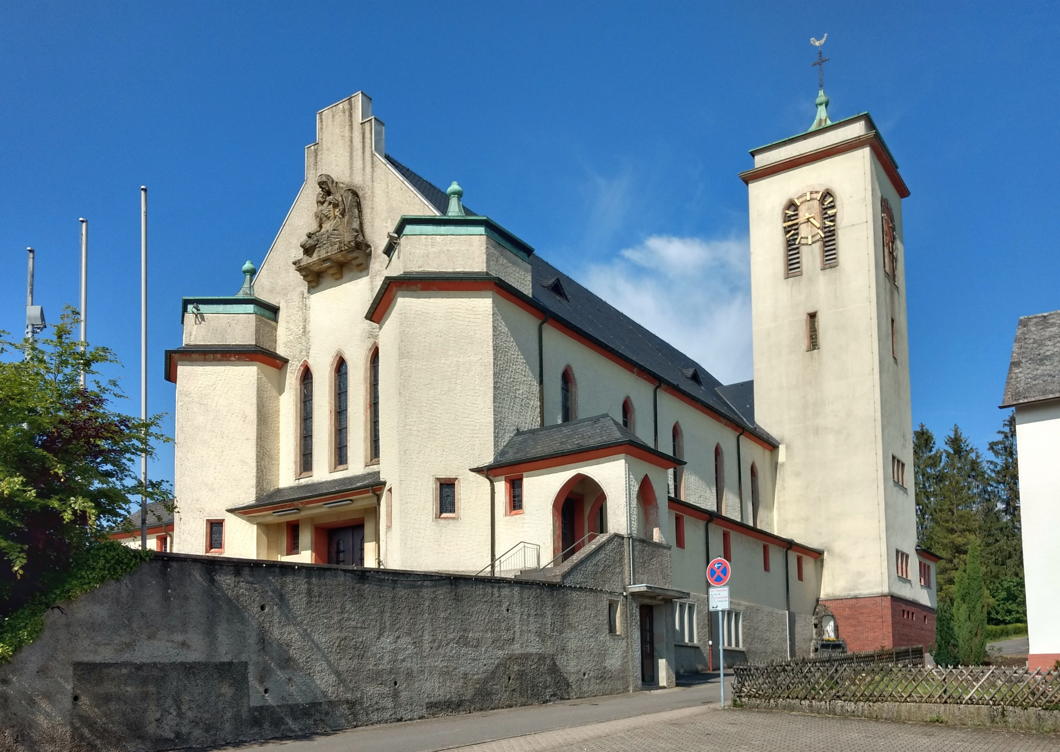
St Marien, Schmelz
Search
Instagram: @andcusack
Click here for my Instagram photos.Most Recent Posts
- Articles of Note: 11 November 2024 November 11, 2024
- Why do you read? November 5, 2024
- India November 4, 2024
- The Lithe Efficiency of the Old Constitution November 4, 2024
- Waarburg October 2, 2024
Most Recent Comments
Book Wishlist
Monthly Archives
Categories



A splendid find. His work is vigorous and finely detailed. How lucky he was, too, to live at a time when craftsmanship was at its peak, and his ideas were capable of being perfectly rrealised by those who worked in stone, wood, and metal.
I agree that his Speyer church is his best; St Fridolin in Mulhouse is almost a copy.
I know St Elisabeth in Bonn; different from the others, with that blocky look (but again, finished to perfection) typical of German architecture in general of the period. In complete contrast we have the light and lacy elegance of St Matthäus in Bad Sobernheim.
Herz Jesu in Emsdetten would be near the top of the list had a later architecht not ruined the external effect with his messy poygonal porch. Schade.
Believe it or not, but we have a Ludwig Becker church in Chicago.
Lots of German Catholics settled in Chicago, and they had Ludwig Becker design a church – St Martin of Tours, now known as the Embassy Church. design seems similar to Becker’s church in Strasbourg